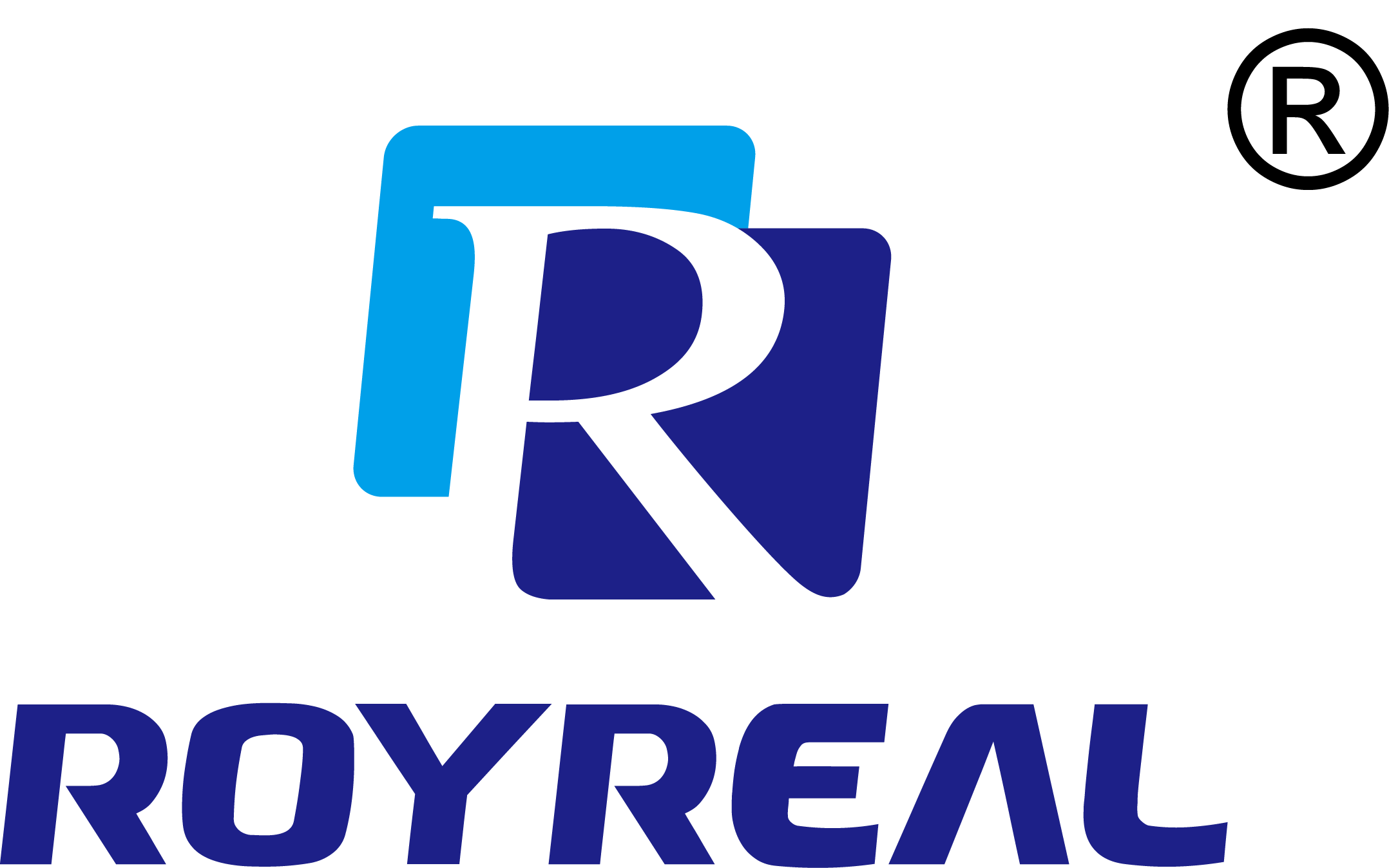The Basics of Wet Gas Meters in the Instrumentation Industry
Category: Industry News
Time:2024-12-09
Introduction:
Wet gas meters play a crucial role in the field of instrumentation, particularly in temperature and humidity measurements. Understanding their significance and functionality is essential for professionals in the industry. In this article, we will delve into the basics of wet gas meters and explore their relevance in the realm of temperature and humidity instrumentation.
1. What are Wet Gas Meters?
Wet gas meters are specialized instruments used to measure the flow rate of gas that contains moisture or liquid particles. They are specifically designed to handle the challenges posed by wet gas, ensuring accurate measurements in various industrial processes. These meters are widely employed in applications where precise humidity and temperature data are essential for optimal performance and quality control.
2. How do Wet Gas Meters Work?
Wet gas meters operate based on the principles of differential pressure measurement. They consist of two chambers separated by a diaphragm. As the wet gas flows through the meter, the moisture or liquid particles condense on the diaphragm, creating a pressure difference between the chambers. This pressure difference is then measured and converted into temperature and humidity readings, providing valuable data for analysis and control.
3. Importance in Temperature and Humidity Instrumentation
In the field of temperature and humidity instrumentation, wet gas meters play a vital role in accurately determining the moisture content in gas streams. This information is crucial for maintaining optimal environmental conditions in various industries, including HVAC systems, pharmaceutical manufacturing, food processing, and more. By monitoring and controlling the moisture levels, professionals can ensure product quality, energy efficiency, and regulatory compliance.
4. Advancements in Wet Gas Meter Technology
Advancements in technology have led to the development of advanced wet gas meters with enhanced accuracy, reliability, and compatibility. These modern meters incorporate features like real-time data monitoring, remote accessibility, and integration with automation systems, enabling seamless control and optimization of temperature and humidity parameters. Such advancements contribute to the efficiency and effectiveness of industrial processes.
5. Considerations for Wet Gas Meter Selection
When selecting a wet gas meter, professionals should consider factors such as the required measurement range, installation environment, compatibility with existing systems, and maintenance requirements. Consulting with experts in the instrumentation industry can help in making informed decisions and choosing the appropriate wet gas meter for specific applications.
Conclusion:
Wet gas meters are indispensable tools in the instrumentation industry, especially in temperature and humidity measurements. They enable accurate monitoring and control of moisture levels in gas streams, ensuring optimal conditions for various industrial processes. By understanding the basics of wet gas meters, professionals in the field can harness their potential for improved product quality, energy efficiency, and regulatory compliance.
Keywords:
 EN
EN RU
RU SP
SP
